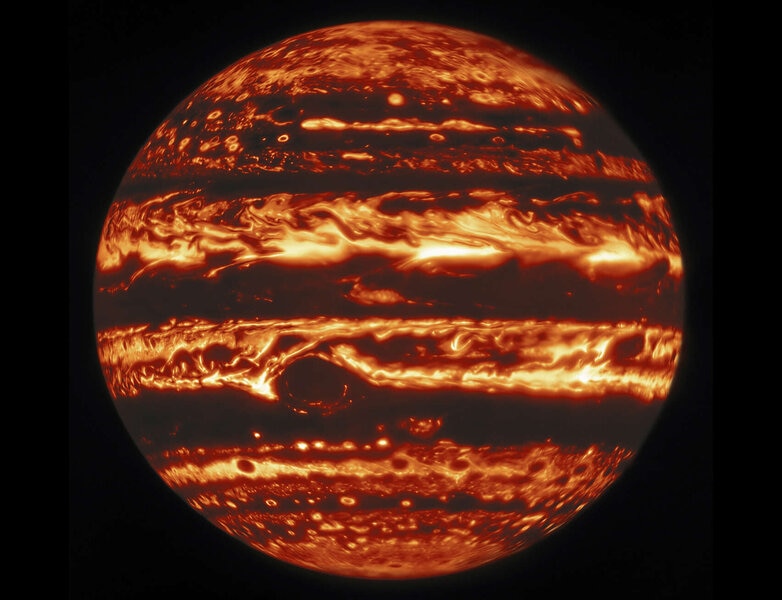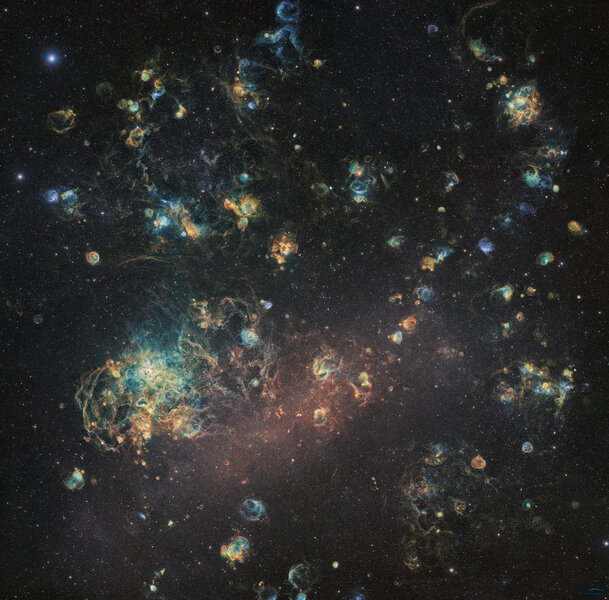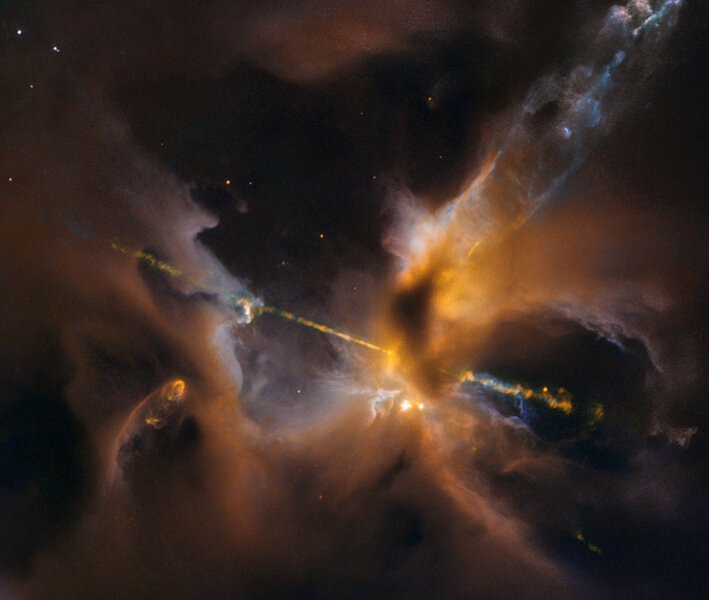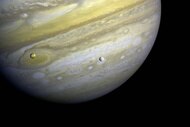Create a free profile to get unlimited access to exclusive videos, sweepstakes, and more!
All Good Things…
So long, and thanks for all the space.

Welp. This is my final article for SYFY Wire.
My first article was published on February 1, 2017. I had been writing at Slate, and after that ended in late 2016 I was fishing around for someplace new to write. My friend Katherine Nelson came to my rescue. I met her when I was asked to moderate a MythBusters panel at San Diego Comic-Con; she was a VP at Discovery Networks at the time. We became friends pretty much from the start; from there she went on to be a VP at SpaceX and then NBC, which owns the SYFY Channel. When she heard I needed a new venue, she immediately invited me to write for SYFY Wire, because she is made of awesome.
It’s been a good run. I’m not sure exactly how many articles I’ve written here, but it’s around 1,500. At a thousand words a pop, on average, you can do that math. It’s been a lot of words.
I think — I hope — they’ve been good words. Writing about astronomy and space is deeply personal to me. I’ve been a science and sci-fi dork since literally before I can remember, and some of my earliest memories are of watching Star Trek and The Outer Limits on TV, as well as the Apollo Moon missions, and reading books and magazines about the solar system and beyond. I’ve been ridiculously fortunate to be able to make a life out of writing about both of these loves, sometimes simultaneously.
During my tenure here I’ve written about pretty much the entire Universe, from the Earth’s core beneath our feet out to the farthest depths of the visible Universe. My articles have covered the smallest subatomic particles and the largest structures the cosmos can make, from the first stuff to materialize out of the Big Bang to the latest missions launched by NASA, spanning the solar system from Mercury out to Neptune, Pluto, and the dark realm of the Trans-Neptunian Objects.
It’s been fun. That perhaps is the greatest luxury there is, to be able to support yourself and your family doing what you truly and profoundly love.
I mean, c’mon, I’ve been able to show you things like Jupiter in the thermal infrared from the Gemini North observatory...
...and a jaw-dropping “amateur” image of the Milky Way’s satellite galaxy the Large Magellanic Cloud...
...and the debris from the famous Crab Nebula supernova explosion expanding as you watch...
...as well as speculate if dark matter is heating exoplanets, wonder if the Sun is capable of civilization-ending storms, and contemplate what would happen if we nuked a killer asteroid.
Yeah. This job is fun.
It’s been made even better by my colleagues at SYFY WIRE, including present and past editors Adam Pockross and Bryan Enk.
And it’s not over. I’ve been a lot of things in my life, but whatever I am, I am also a writer, and writers write.
So I’ll still be pecking away at my keyboard, at places yet to be determined as well as my newsletter (please sign up — I write several in-depth articles a week), on Twitter, and wherever else curious souls will let me share the Universe and my passion for it with them.
If I may paraphrase one of my favorite characters in science fiction: In any case, I’ll be writing. And if I’m very lucky, you’ll drop by to say hello from time to time. See you… out there!





























